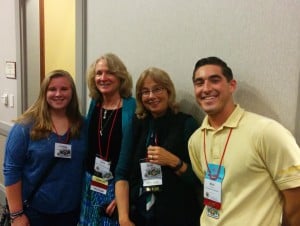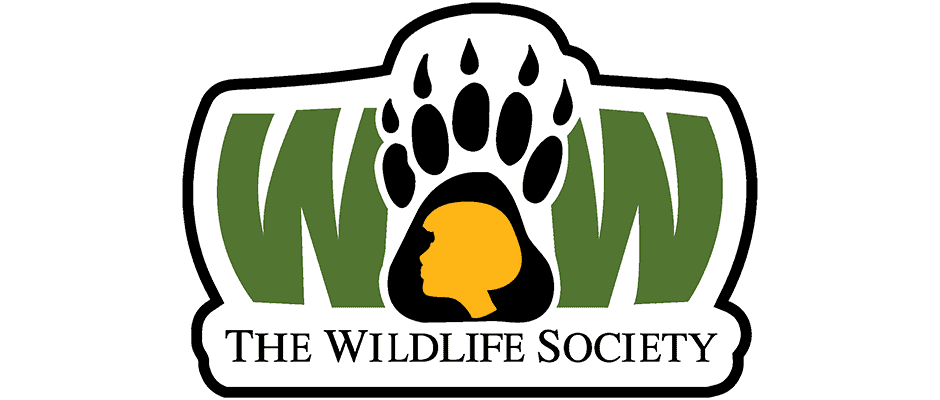Share this article
Creating a diverse work force of wildlife biologists
This year’s Women of Wildlife symposium held on Monday afternoon during TWS’ 23rd Annual Conference focused the spotlight on women and minorities in the wildlife sciences. A standing-room-only crowd turned out to hear why women and Native and African Americans as well as other groups remain underrepresented in the natural resources workforce and what can be done to increase diversity. In the crowded symposium, cultural, racial, sexual orientation and ethnic diversity was clearly evident, as well as men ranging in age from seasoned to early career professionals.
Ten presentations covered a wide range of workplace issues, including the influence of cultural heritage in the wildlife profession and workplace issues dividing the millennial and baby boomer generations.
One session provided a look at how Native Americans and Indigenous people view wildlife as an extension of their own family, a belief that is incorporated into cultural teachings and practices such as stories, songs and prayers.
“Understanding the unique perspectives of tribal communities may foster greater appreciation and broader recognition about the range of cultural and traditional values of wildlife species,” said Serra Hoagland, a Native American, who was one of the symposium organizers and a biological scientist with the U.S. Forest Service.
“The presentations were extremely information and thought provoking,” said Wini Kessler, TWS Past President and one of the original group of wildlifers who created WOW. “The audience was highly engaged and on the edge of their seats during the presentations.”
During the symposium’s wrap up, the discussion went straight to the divide between millennials and baby boomers in the workplace, Kessler says. “The cultural clash they are experiencing is creating a cultural divide,” she said, adding that this issue seems to be more controversial than gender issues in the workplace.
 The WOW reception following the talks provided a gathering place for individuals to interact and discuss the symposium topics. “Part of our goal was to create a network and build community to increase the representation of minorities and women within the wildlife profession,” said Carol Chambers, a professor in the School of Forestry at Northern Arizona University and one of the symposium organizers.
The WOW reception following the talks provided a gathering place for individuals to interact and discuss the symposium topics. “Part of our goal was to create a network and build community to increase the representation of minorities and women within the wildlife profession,” said Carol Chambers, a professor in the School of Forestry at Northern Arizona University and one of the symposium organizers.
A highlight of the gathering was the unveiling of a new WOW logo designed by Kerry Nicholson, a furbearer/carnivore biologist with the Alaska Department of Fish and Game. New this year, too, attendees received a patch with the logo, which they can attach to a favorite piece of clothing to show their support of diversity in the workplace.
“We hope this year’s symposium and reception will serve as a stepping stone to creating more involvement in WOW by TWS’ Ethnic and Gender Diversity Working Group,” said Chambers.
Nancy Sasavage is director of publications and communications for The Wildlife Society and the editor-in-chief of The Wildlife Professional.








